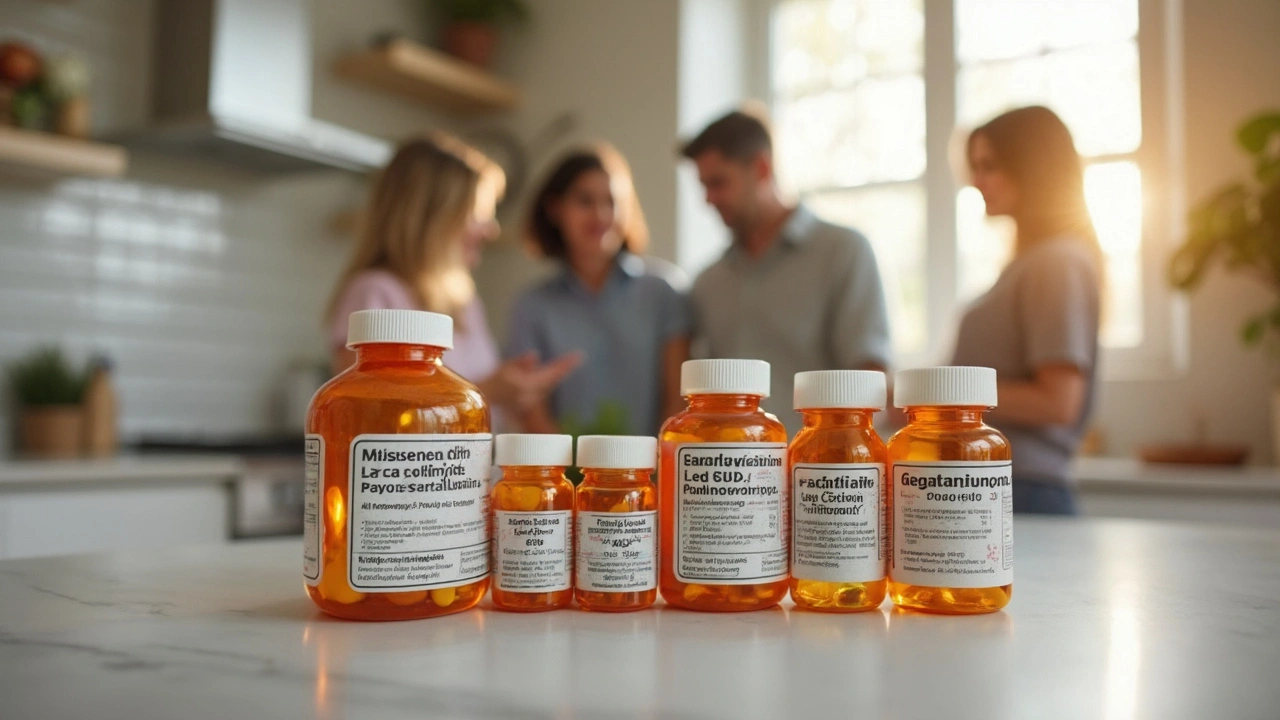Dosage: How to Find the Right Amount for Your Medicines and Supplements
Getting the correct dosage is the biggest thing you can do to keep a drug safe and effective. Too little might not help, and too much can cause problems. This guide walks you through the basics so you can feel confident about the numbers on your bottle.
Why Getting the Right Dosage Matters
The dose decides how a medicine works in your body. It controls how fast the drug is absorbed, how long it stays active, and how strong the effect is. A proper dose helps you get the benefit without side effects. Miss the mark, and you could see reduced relief, toxic reactions, or extra doctor visits.
Tips to Determine the Correct Dosage
Start with the label. Look for the strength (like 10 mg) and the recommended amount (one tablet daily). Notice any special instructions – take with food, avoid certain drinks, or split the pill.
Consider your own factors. Age, weight, kidney or liver health, and other medicines you’re on can change what’s safe. For children, doses are usually calculated per kilogram of body weight. Seniors often need lower amounts because their bodies process drugs slower.
If you’re using a supplement, check the daily value listed on the label and compare it to what reputable health agencies recommend. More isn’t always better, especially for vitamins that can build up in the body.
When a doctor writes a prescription, they base the dose on your condition, test results, and medical history. Stick to that plan, but don’t be afraid to ask why a specific number was chosen.
Adjusting a dose should be done under guidance. If you feel the medicine isn’t working, or you notice side effects, contact your healthcare provider. They might tweak the amount, change the timing, or suggest a different drug.
Never guess or double up if you miss a dose. Most instructions say to take the missed dose as soon as you remember, unless it’s almost time for the next one. In that case, skip the missed one and keep to your regular schedule.
Finally, keep a simple log. Write down what you take, when, and how you feel. This record helps you and your doctor spot patterns and decide if the dose needs a change.
Following these steps—read the label, factor in your personal health, trust your doctor’s advice, and track your experience—will keep you on the right dosage path and make your treatment work better.








